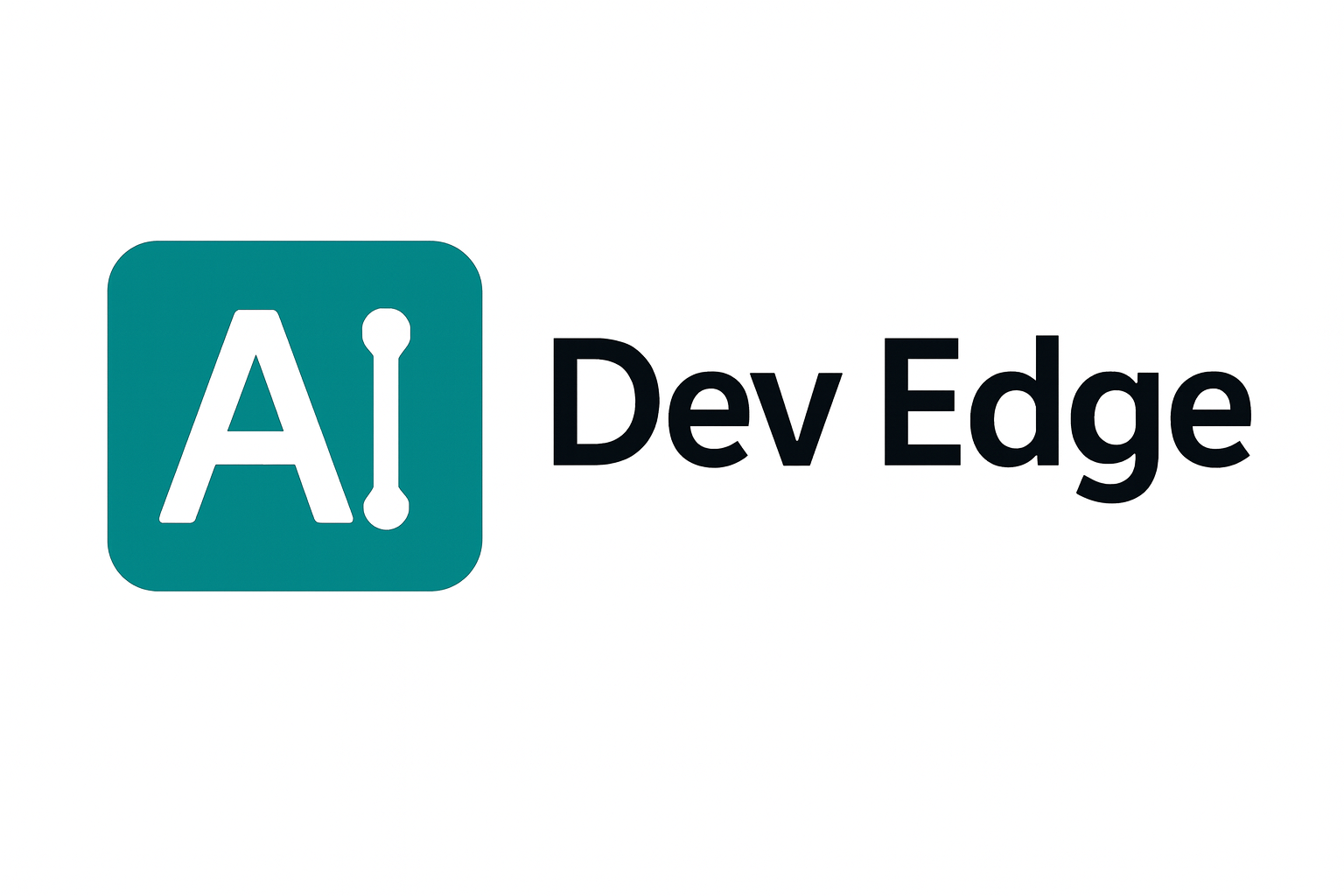Maximize ROI with AI-Powered Cross-Channel Attribution for CMOs
In today's complex marketing landscape, Chief Marketing Officers (CMOs) face the daunting challenge of optimizing budget allocations across multiple channels to maximize return on investment (ROI). Traditional attribution models often fall short in accurately capturing the myriad touchpoints that influence customer journeys. Enter AI-powered cross-channel attribution models that leverage advanced regression techniques and Monte Carlo simulations. This revolutionary approach offers a data-driven pathway to smarter, more effective marketing strategies.
Understanding AI-Powered Cross-Channel Attribution
What is Cross-Channel Attribution?
Cross-channel attribution is the process of evaluating the impact of various marketing channels on a customer's journey to conversion. Unlike single-touch attribution models that credit only the first or last interaction, cross-channel attribution provides a holistic view, recognizing the influence of multiple touchpoints.
The Role of AI in Attribution
AI enhances cross-channel attribution by using advanced regression modeling to analyze complex datasets. These models uncover patterns and relationships that traditional methods might miss, offering CMOs a more accurate picture of which channels are truly driving conversions.
Monte Carlo Simulations for Budget Allocation
Monte Carlo simulations add another layer of sophistication. By running numerous simulations, these models predict the outcomes of different budget allocation scenarios. This probabilistic approach helps CMOs forecast the potential ROI of various strategies, enabling more informed decision-making.
Benefits of AI-Powered Attribution Models
Improved Accuracy in Attribution
AI-driven models improve accuracy by considering the non-linear and dynamic nature of customer interactions. For example, a social media touchpoint might influence a purchase decision differently when combined with email marketing compared to when it stands alone.
Optimized Budget Allocation
With insights from AI and Monte Carlo simulations, CMOs can allocate budgets more effectively. For instance, if simulations reveal that a combination of search and display ads yields higher ROI, budgets can be adjusted accordingly to capitalize on this synergy.
Enhanced ROI Measurement
By providing a clearer picture of channel effectiveness, AI-powered models allow CMOs to measure ROI more precisely. This clarity enables marketing teams to justify investments and make data-driven adjustments that align with business objectives.
Implementing AI-Powered Attribution in Your Marketing Strategy
Gathering Multi-Touchpoint Data
To leverage AI-powered attribution, start by collecting comprehensive data across all customer touchpoints. This includes digital interactions like clicks and impressions, as well as offline engagements such as in-store visits or call center interactions.
Choosing the Right Tools and Platforms
Select platforms that offer advanced AI capabilities and can integrate seamlessly with your existing marketing stack. Look for solutions that provide robust data visualization and reporting features to help interpret complex results.
Continuous Monitoring and Adjustment
AI models are not set-and-forget solutions. Regularly monitor performance metrics and adjust strategies based on insights derived from ongoing simulations. This proactive approach ensures that your marketing efforts remain aligned with evolving market conditions and consumer behaviors.
Real-World Applications and Success Stories
Case Study: Retail Sector
A leading retail brand implemented an AI-powered attribution model and saw a 20% increase in ROI within six months. By accurately identifying the most impactful channels, they were able to reduce spend on underperforming areas and reinvest in high-value touchpoints.
Case Study: B2B Technology Firm
A B2B tech company used AI-driven insights to refine their content marketing strategy, resulting in a 15% uptick in lead generation. The model revealed that combining webinars with targeted email campaigns significantly boosted conversion rates.
Conclusion: Embrace the Future of Marketing Attribution
AI-powered cross-channel attribution models represent a significant advancement for CMOs seeking to maximize ROI. By accurately analyzing complex data sets and simulating various budget scenarios, these models provide actionable insights that drive strategic decision-making. As marketing continues to evolve, embracing AI in attribution will be crucial for staying competitive and achieving business growth.
FAQs
What are the key components of an AI-powered attribution model?
Key components include advanced regression modeling, Monte Carlo simulations, and comprehensive data collection across multiple touchpoints.
How do Monte Carlo simulations enhance budget allocation?
They predict the outcomes of various budget scenarios, enabling CMOs to make data-driven decisions that maximize ROI.
What types of businesses benefit most from AI-powered attribution?
Businesses with complex, multi-channel marketing strategies - such as retail, B2B, and e-commerce - gain the most from AI-powered attribution due to their diverse customer interactions.
